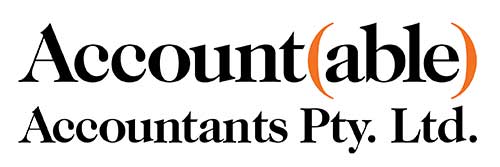Superannuation Contribution caps 2021/22: know your limits

There are generous tax incentives for your superannuation contributions. This is what makes super one of the best ways to save for your retirement.
However, there are limits to how much you can contribute. These limits are called your contribution caps, and there are two types:
- Concessional contributions cap – your limit for before-tax contributions, such as employer contributions and salary sacrificing.
- Non-concessional contributions cap – your limit for after-tax contributions, such as personal contributions using money which has already been taxed.
Concessional contributions cap
Concessional contributions are payments into your super from your pre-tax income. Examples include employer contributions, salary sacrificed contributions and tax-deductible personal contributions.
A concessional contributions cap of $27,500 per annum (increased for the 2021/22 financial year from $25,000) applies to all individuals, regardless of age.
These contributions are taxed at 15% when they enter your super. For most people, this tends to be lower than their marginal rate.
Any contributions you make over the cap will be taxed at your marginal tax, with a 15% tax offset to account for the contributions tax already paid.
Each financial year (since 2018/19), you may be able to ‘carry forward’ any unused amounts under your cap into the next financial year – as long as your total super balance was less than $500,000 at the end of the previous financial year. These carried forward amounts will expire after five years.
Non-concessional contributions cap
Non-concessional contributions are payments into your super using money that has already been taxed. These contributions are not taxed when they enter your super.
Non-concessional contributions are capped at $110,000 per annum (increased for the 2021/22 financial year from $100,000). Individuals with a super balance of $1.7 million and more are not eligible to make non-concessional contributions (the general transfer balance cap has been $1.6 million since 2017, and on 1 July 2021 it was indexed to $1.7 million).
If you exceed the non-concessional contributions cap, your excess contributions could be taxed at the maximum rate of 47%.
If you are under age 67 you can ‘bring forward’ the next two years’ non-concessional contributions caps. This means you can contribute up to $330,000. Generally, the amount can be contributed as one lump sum or spread over the three years but eligibility criteria may apply. It is important to note that if an individual enters into a bring forward arrangement before 1 July 2021, the previous bring forward limit of $300,000 will apply.
Tracking your caps
During the financial year, we recommend you check that you are staying under your contribution caps. This will help you avoid paying extra tax and charges.
Similarly, if you are still considering making additional contributions, knowing how much you have under your cap can help your decision.
